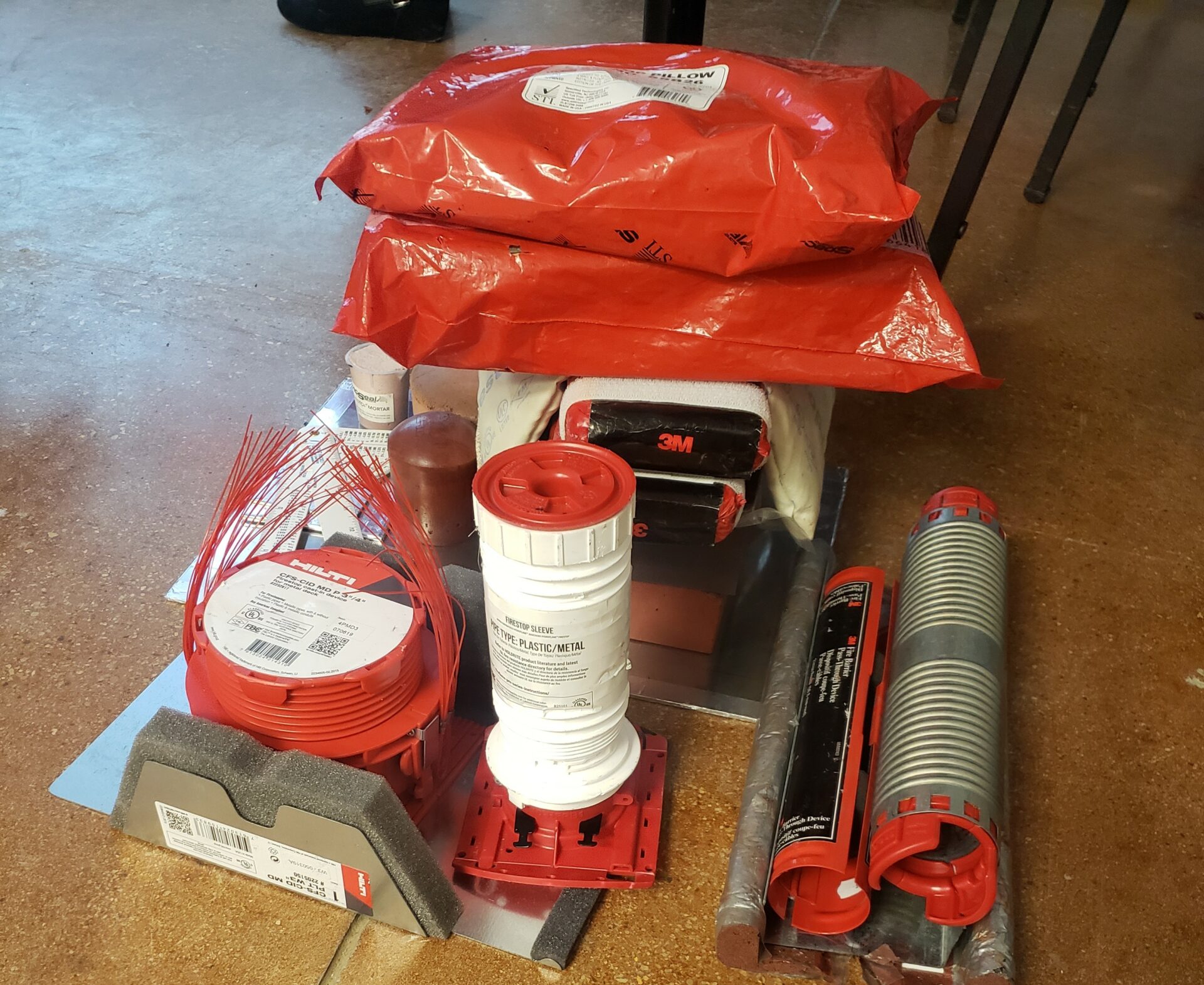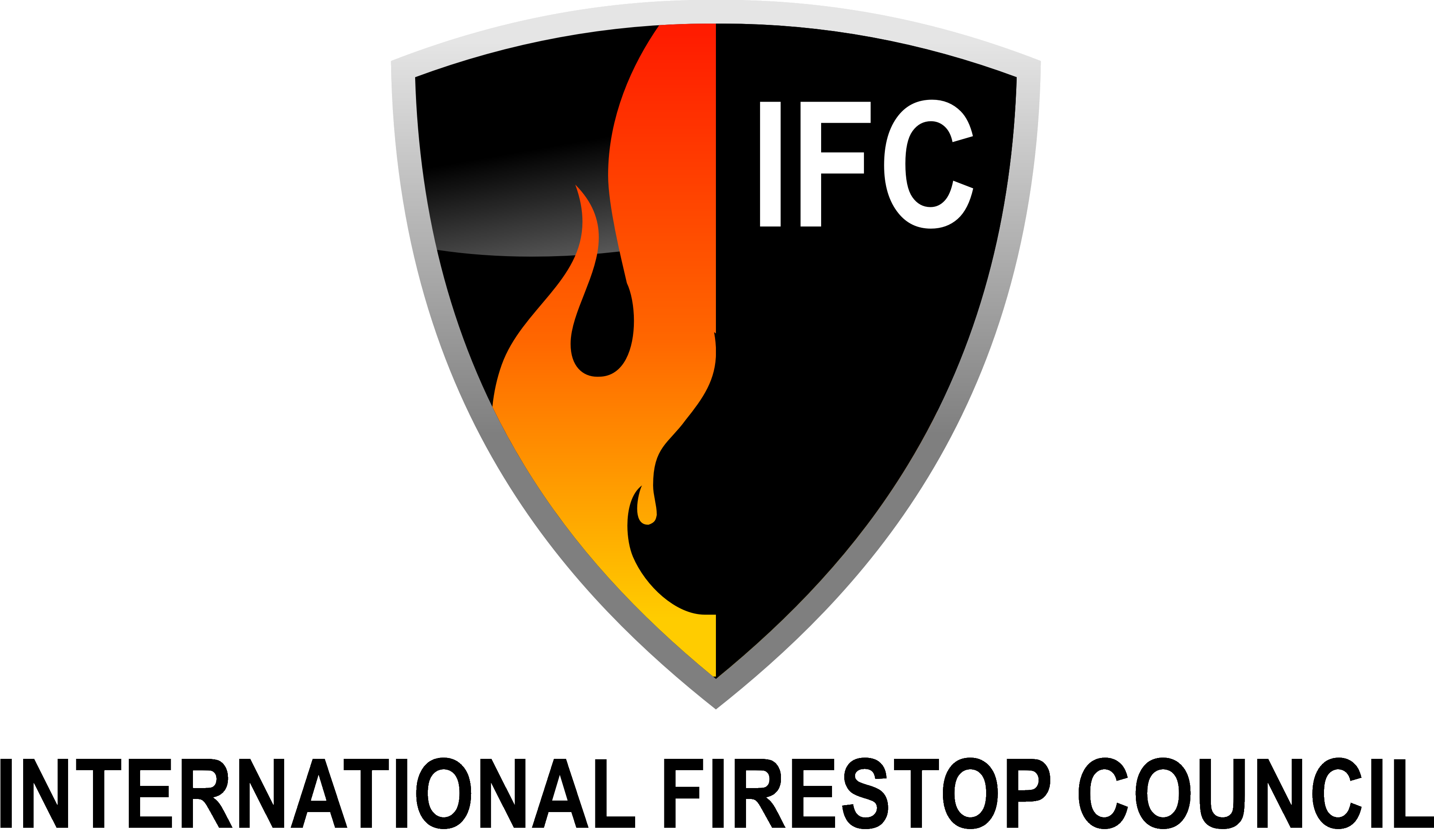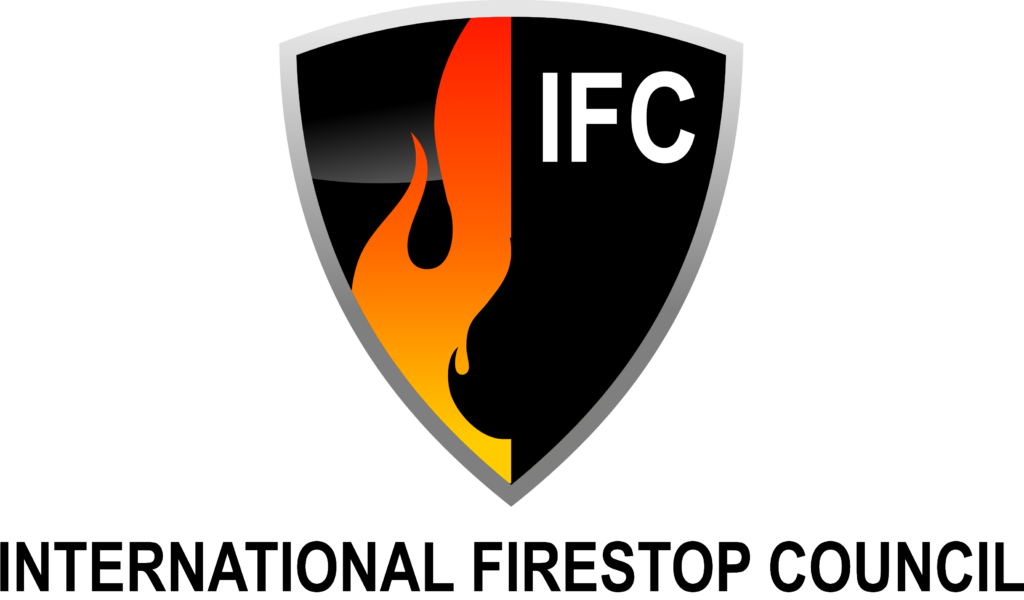Better Understanding of Firestop Materials for Visual Inspections

The Importance of Understanding Firestop Materials for Visual Inspections
When it comes to life safety, the quality of firestopping installation matters as much as the materials used. Firestop systems are essential components in maintaining the integrity of fire-rated walls and floors—but not all products are the same, and not all installations are compliant.
Too often, firestopping is misunderstood as simply applying a red caulk. In reality, firestop materials vary widely in composition, function, installation requirements, and inspection criteria. Inspectors, installers, and design professionals must all be aware of how these materials behave—and what documentation supports their use—in order to ensure code compliance and effective performance in a fire.
Firestop Products: More Than Meets the Eye
Firestopping materials come in many forms—intumescent sealants, putties, foams, wraps, pillows, collars, composite sheets, and more. Each product is tested as part of a listed system, which is evaluated under standards such as UL 1479 or ASTM E814. It’s critical to remember that:
- The product itself is not fire-rated.
The fire resistance rating belongs to the assembly (e.g., wall or floor). Firestop materials restore the integrity of that rated barrier when penetrated. - Listed systems are not one-size-fits-all.
Each system specifies permitted substrates, penetrants, annular space tolerances, material types, and installation methods. Simply using a firestop product—even one labeled “4-hour rated”—outside of its listed system can result in non-compliance.
What Inspectors and Installers Must Know
Visual inspection of firestop installations requires more than just a surface-level review. Professionals need to understand:
- Cure Times and Shrinkage
Latex-based sealants may take days or weeks to cure depending on temperature and humidity. Most sealants also shrink as they dry—impacting final depth and coverage. - Substrate Preparation
Dust, spalled concrete, or damaged drywall can compromise adhesion. Manufacturer instructions typically require clean, sound surfaces for application. - Product Storage and Shelf Life
Firestop materials must be stored between specified temperature ranges (e.g., 40–95°F) and used before their expiration dates to ensure performance. - Use of the Correct Documentation
It’s not enough to have a UL listing. Inspectors should verify that installation instructions, product data sheets, and engineering judgments (EJs), when used, are available and accurate for the condition observed.
Common Installation Issues
Some of the most frequent firestop deficiencies observed in the field include:
- Mixing products from different manufacturers in a single penetration
- Installing intumescent collars or wrap strips without required fasteners or sealants
- Overfilling cable bundles beyond the tested fill ratio
- Using foam or putty without verifying compatibility with the listed system
Even if a firestop looks neat and uniform on the surface, it may be noncompliant behind the wall or inside the penetration if materials are not installed to spec.
Why It Matters
The International Building Code (IBC) requires that firestop systems be installed in accordance with both manufacturer installation instructions and the system’s tested listing. Compliance isn’t optional—these systems exist to contain fire and smoke, preserve structural integrity, and protect lives.
Furthermore, special inspection of firestopping is now mandated on many commercial projects under Chapter 17 of the IBC. Visual inspections must be informed by a solid understanding of material behavior, system limitations, and installation variables.
Continue Learning
The International Firestop Council offers free and in-depth training for AHJs, contractors, engineers, and inspectors. Learn more about our FREE training or request a FREE seminar.
Take this course and earn ICC CEU credits at our online training portal.





